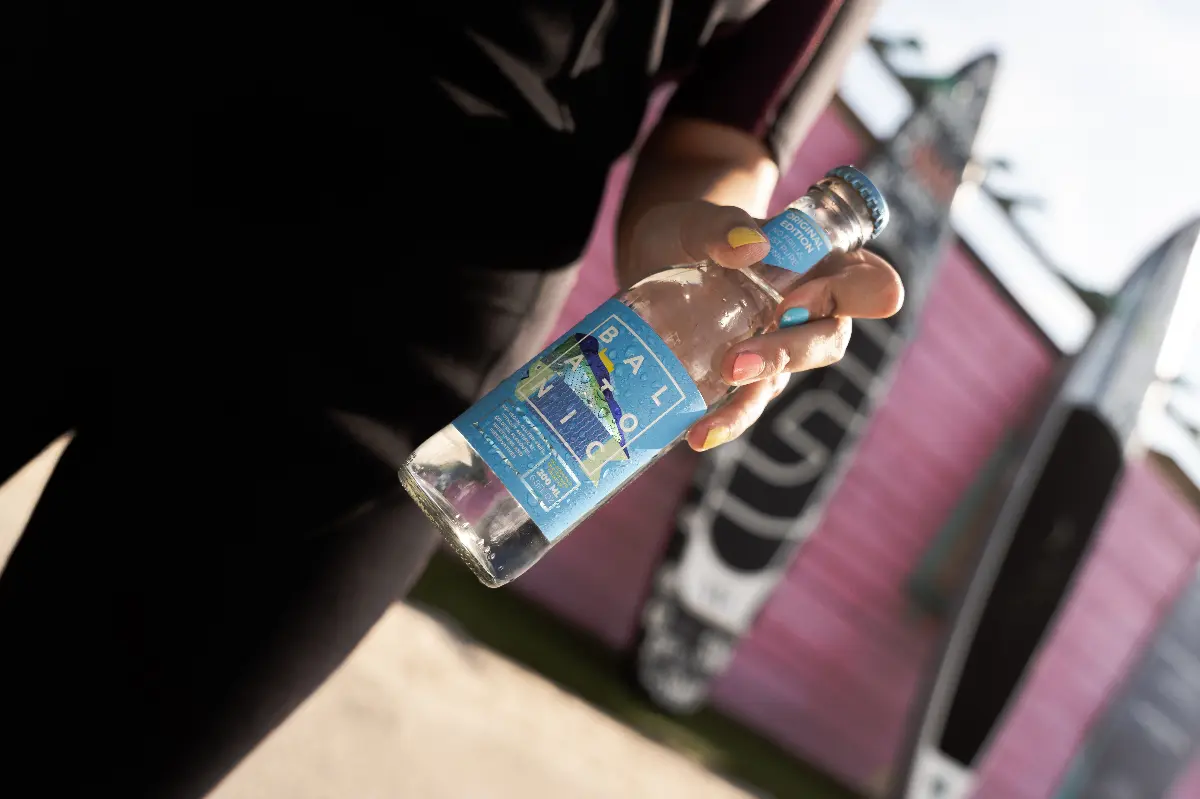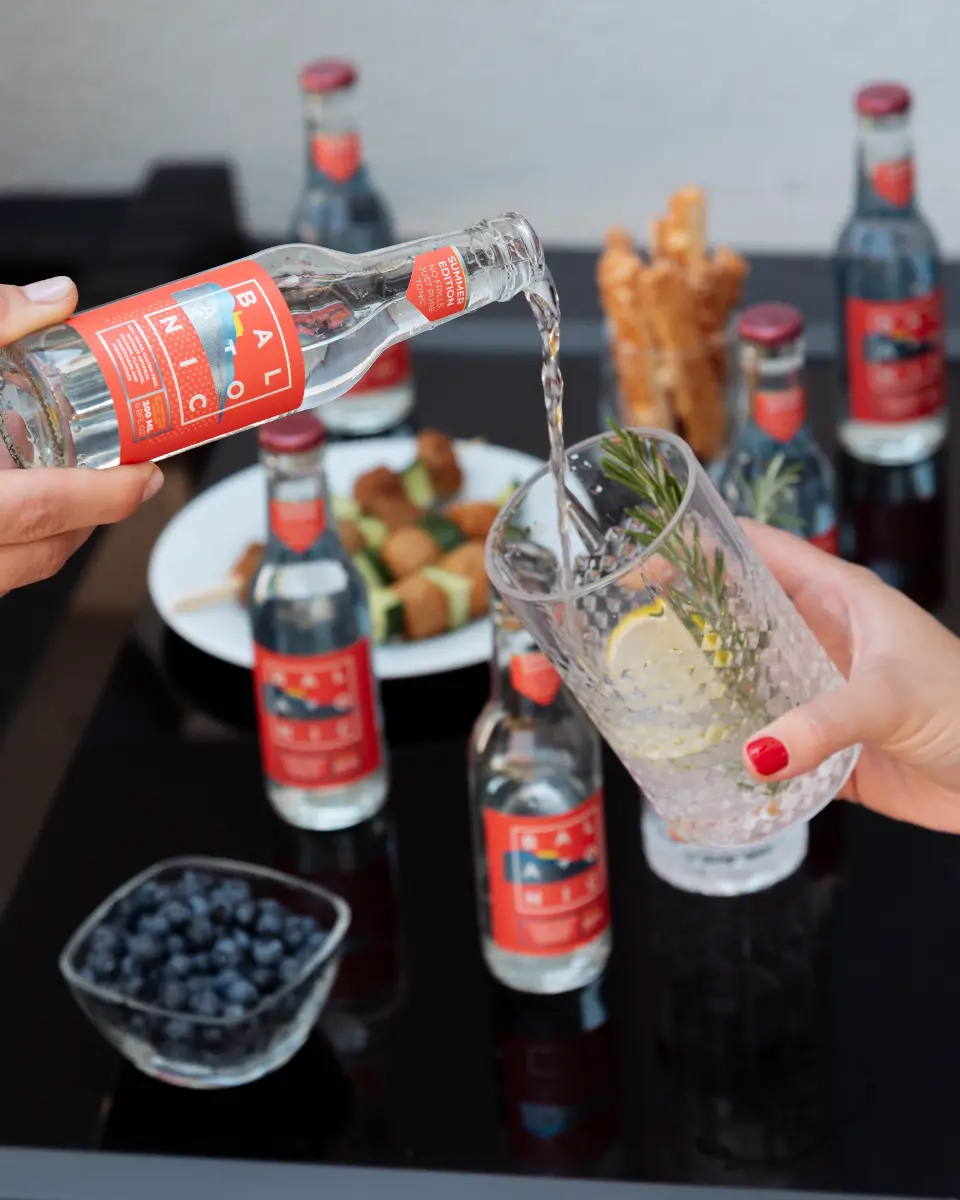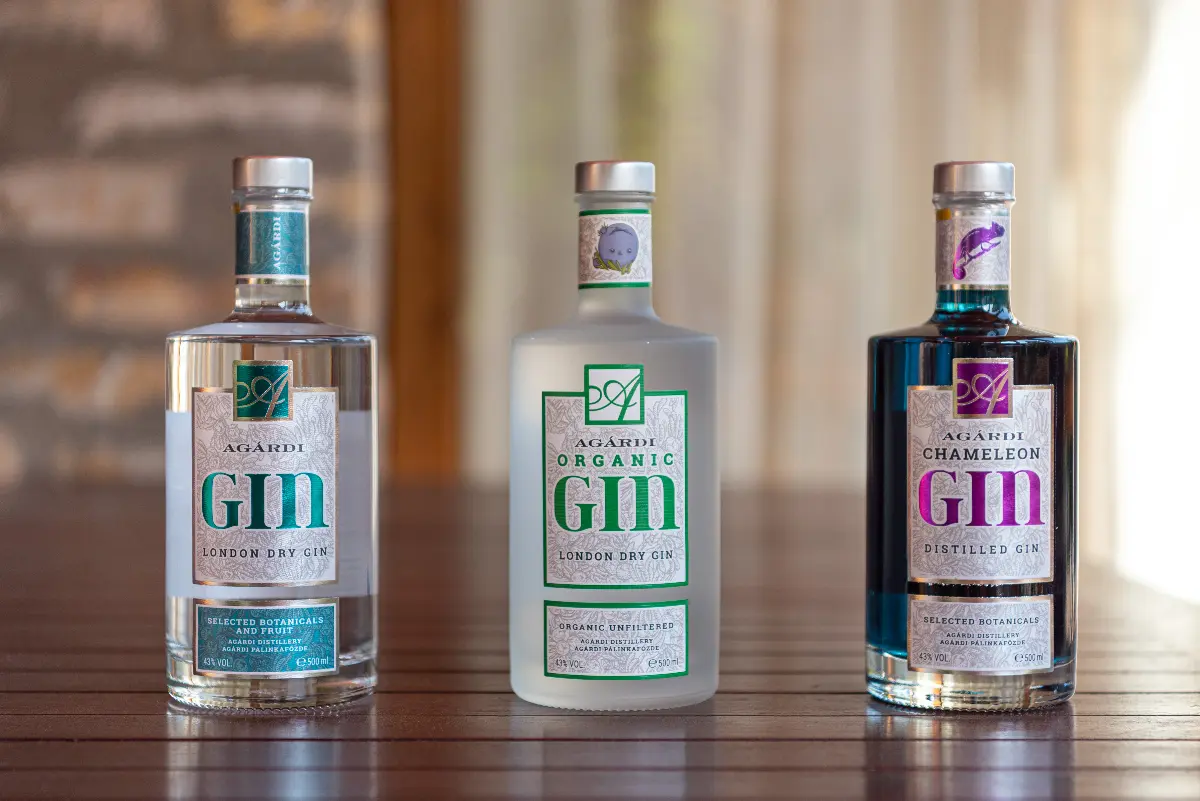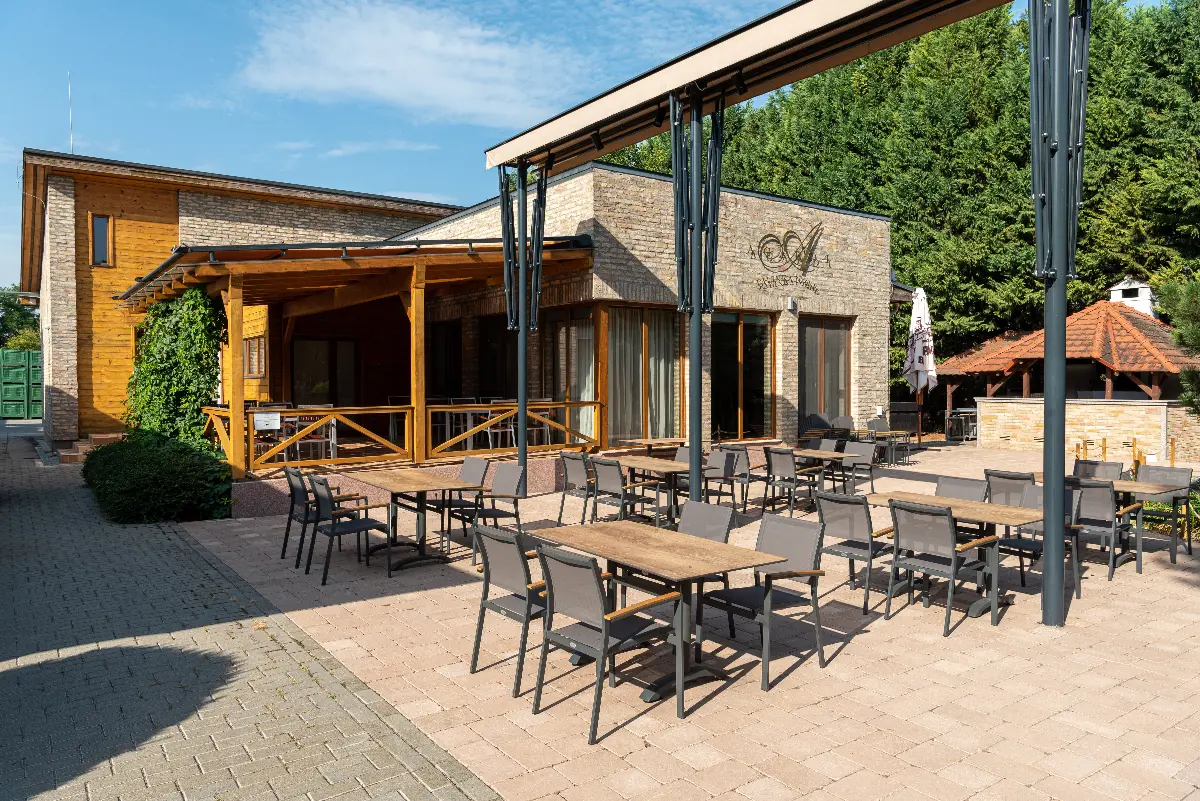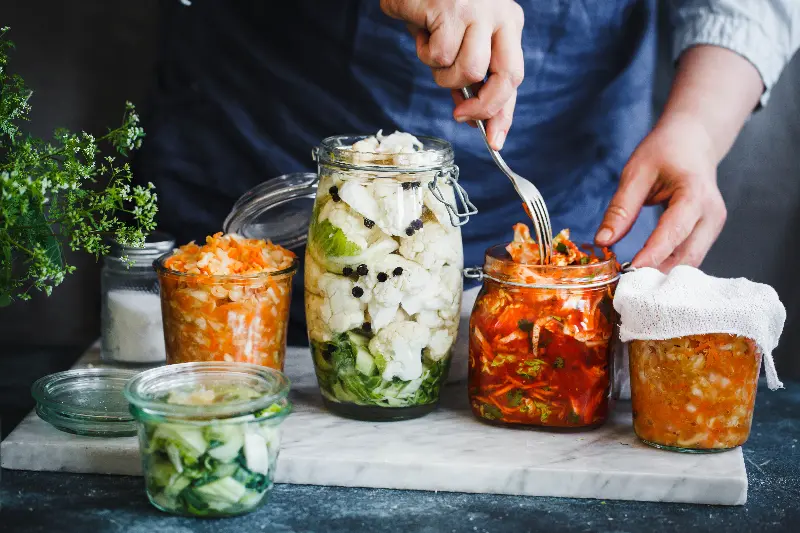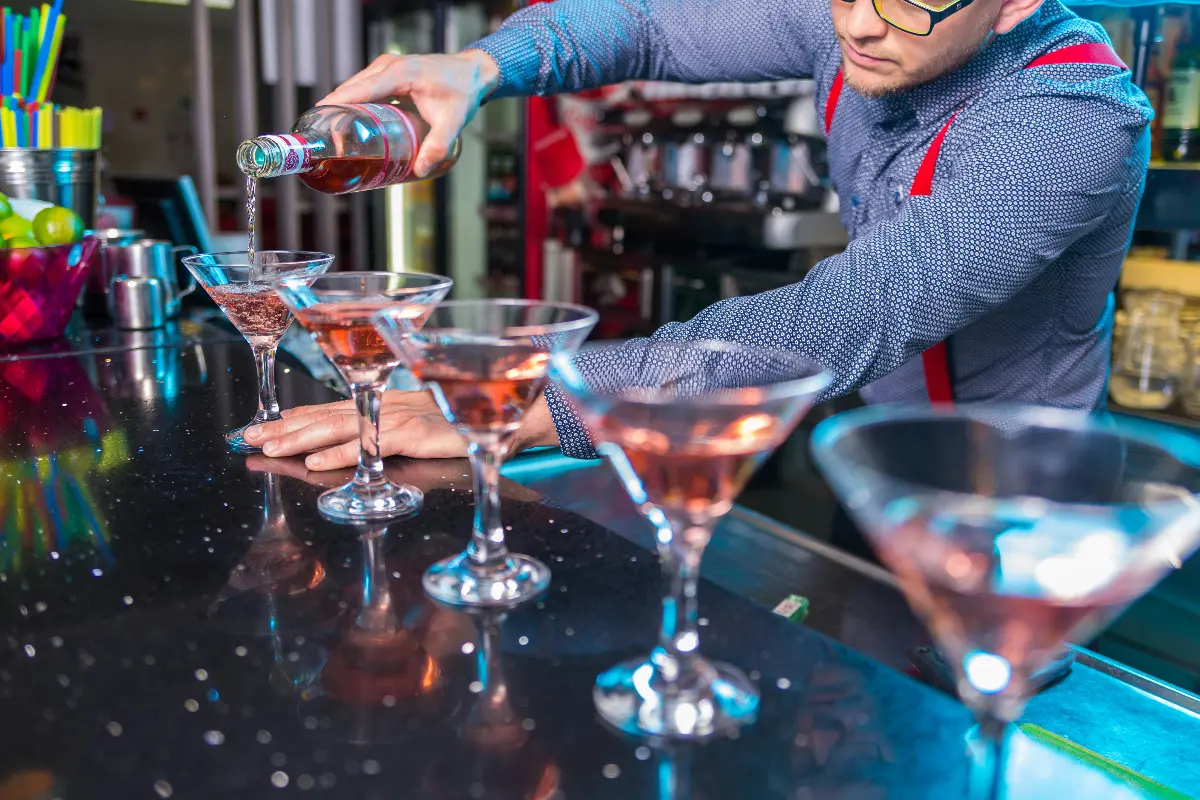
Helyszín címkék:
Spicy and exciting juniper fun, or the different faces of gin
Szabó Sára
From perfume to medicine, from encouragement to "mother's grief"
When we talk about gin, it is worth making a little historical digression first. Juniper was already mixed with alcohol by the Egyptians, but not for the purpose of making a drink, but for the purpose of making perfume. From written records from a few centuries later, we know that the Romans consumed it for its medicinal properties, primarily for stomach complaints, mixed with white wine. However, juniper, and the alcohol essential for making gin, only met in the Netherlands in the 17th century (yes, not in England!). Its invention can be attributed to a Dutch physician named Franciscus Sylvius de la Boe. He was the one who produced a juniper distillate called “genever” (Dutch for juniper). The drink quickly became popular, especially among English soldiers who became acquainted with it during the Eighty Years' War.
This is where the English expression "Dutch courage" comes from, referring to the little spiritual help it provided before the battlefield.

These soldiers brought the spirit to Great Britain and named it gin. By the beginning of the 18th century, following the accession of William III to the throne, gin had become extremely popular in England. During the period known as the “gin craze”, the English government loosened the distillation regulations, allowing the population to buy the strong, home-brewed drink for pennies. Thousands of gin houses opened across the country, and gin became cheaper than beer. Excessive consumption caused serious social problems, and caricatures created at the time – such as William Hogarth’s engravings entitled Beer Street and Gin Alley – adequately illustrate the dramatic situation of the era.
Quality Turn
Due to the intolerable conditions, it became necessary to to impose stricter regulations. The turn was brought about by the “Tippling Act” in 1751. This reduced the license fee, but at the same time introduced severe penalties for the production of poor-quality products. Distillers could only sell the drink to registered merchants, and gin houses were supervised by local magistrates. The regulations were simple but consistent: they imposed quality requirements, which increased production costs, improved the quality of products, and significantly reduced mass consumption – thereby also alleviating the social crisis.
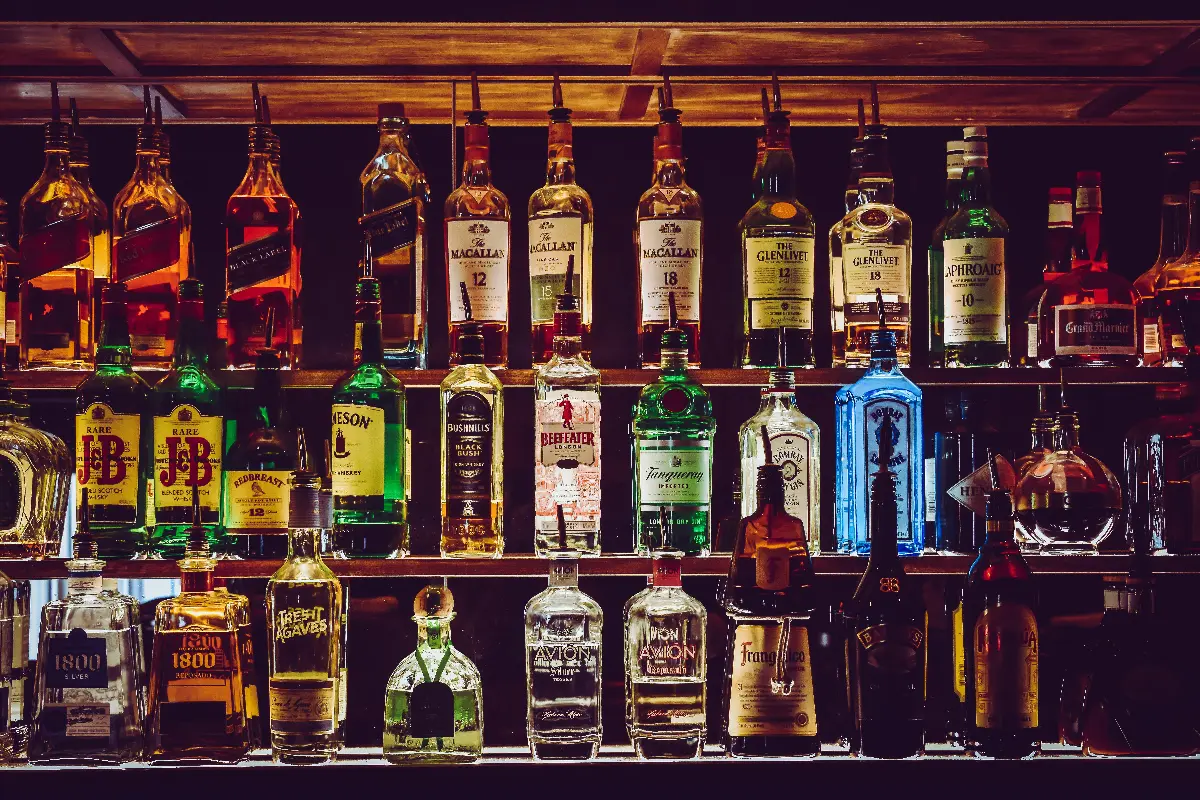
Tibor Vértes, co-owner of the Agárdi Distillery, explains that although the current regulation is a “rubber rule”, it distinguishes three types of gin. Distilled Gin is a step higher in quality than the more commercial, juniper-flavoured spirit (Gin), which gets its flavour from extracting the used natural plants with alcohol and then re-distilling them. In this case, the use of flavouring and colouring agents is possible, and London dry Gin is the best-known gin type, and also the highest category where subsequent aromatization and flavouring are prohibited.
“In 5 years, no less than 40 Hungarian gins have appeared on the domestic market, including alcohol-free, flavoured and coloured versions. The reason for the explosive growth is multifaceted: on the one hand, pálinka makers want to compete in the field of international beverages, and on the other hand, they want to fill the off-season of brewing due to the seasonality of fruit with creative activity. Last but not least, gin is a simple, yet great distillate,” says Tibor Vértes.
The miracle is born with tonic
To see the full picture, it is worth getting acquainted with the bark of the cinchona tree! The healing properties of this plant against malaria were known already in the 16th century. In 1820, the French Joseph Bienaimé Caventou and Pierre-Joseph Pelletier managed to extract the purified alkaloid quinine from the bark of the cinchona. Knowing its healing properties, British colonial troops in the tropics drank quinine dissolved in soda against malaria, but they added sugar, lemon and gin to the bitter medicine to make the taste more bearable and to cheer up. From then on, gin & tonic became unstoppable! The rise of gin goes hand in hand with the rediscovery of tonic.
The classic carbonated, bitter drink has now grown into its own category: you can choose between variations with different seasoning, sugar content and aromas. Among others, Balatonic stands out in the domestic offer.
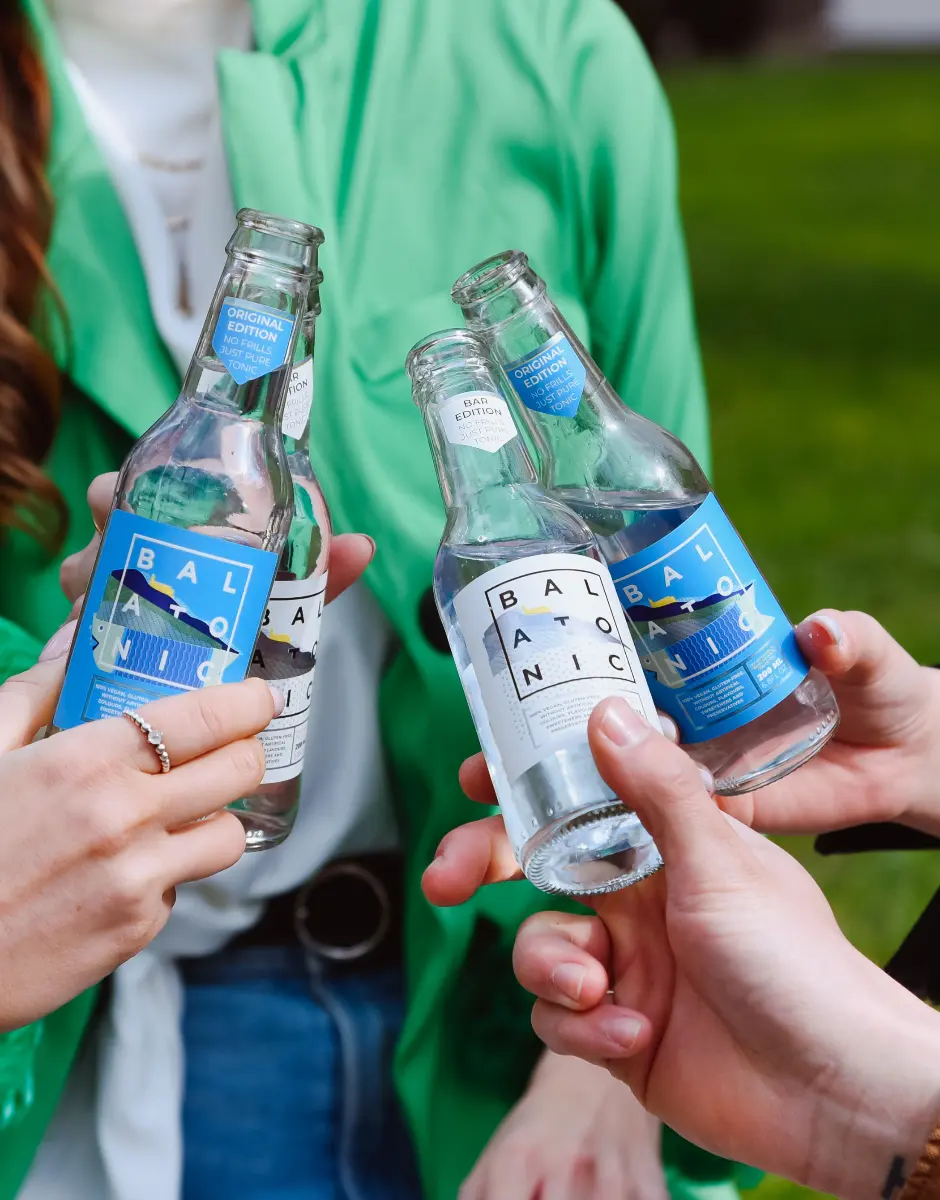
“For tonic, just like for gin, the quality of the ingredients is very important, which is why at Balatonic we use very high-quality, real quinine (and not quinine aroma), as well as high-quality extracts in the case of our flavoured products. Flavour harmony and the absence of off-flavours are important so that gin & tonic – or any other drink mixed with tonic, such as the increasingly fashionable vermouth, tequila or even coffee and vodka – can faithfully reproduce the flavours and aromas dreamed up by its creators. Of course, the proportions are important, but the most important thing is to use quality tonic for a quality drink,” says Norbert Sebestyén, creator and owner of Balatonic.
Excellent domestic brands, without claiming to be complete
One of the first gins was made by the Agárdi Distillery, where the clean, yet complex gin is made with the precision and technological knowledge gained from pálinka distillation. A distillery tour is also available at the Agárdi Almárium. One of the best-known brands is Opera Gin, whose speciality is the seasoning enriched with poppy seeds. The distillery can be visited, where gin tours are also available. Seven Hills Distillery, starting from Tokaj, produces a truly special distillate: their Tokaj GIN won the title of the best in the world at the World Gin Awards in 2021. Búzavirág Gin is special not only in its taste, but also in its appearance: the visual world inspired by Zsolnay makes it a unique player in the market. Last but not least: the Bestillo brand, originally known for its apricot pálinkas, has also entered the world of gin – with elegant, fruity notes and a vibrant character.
